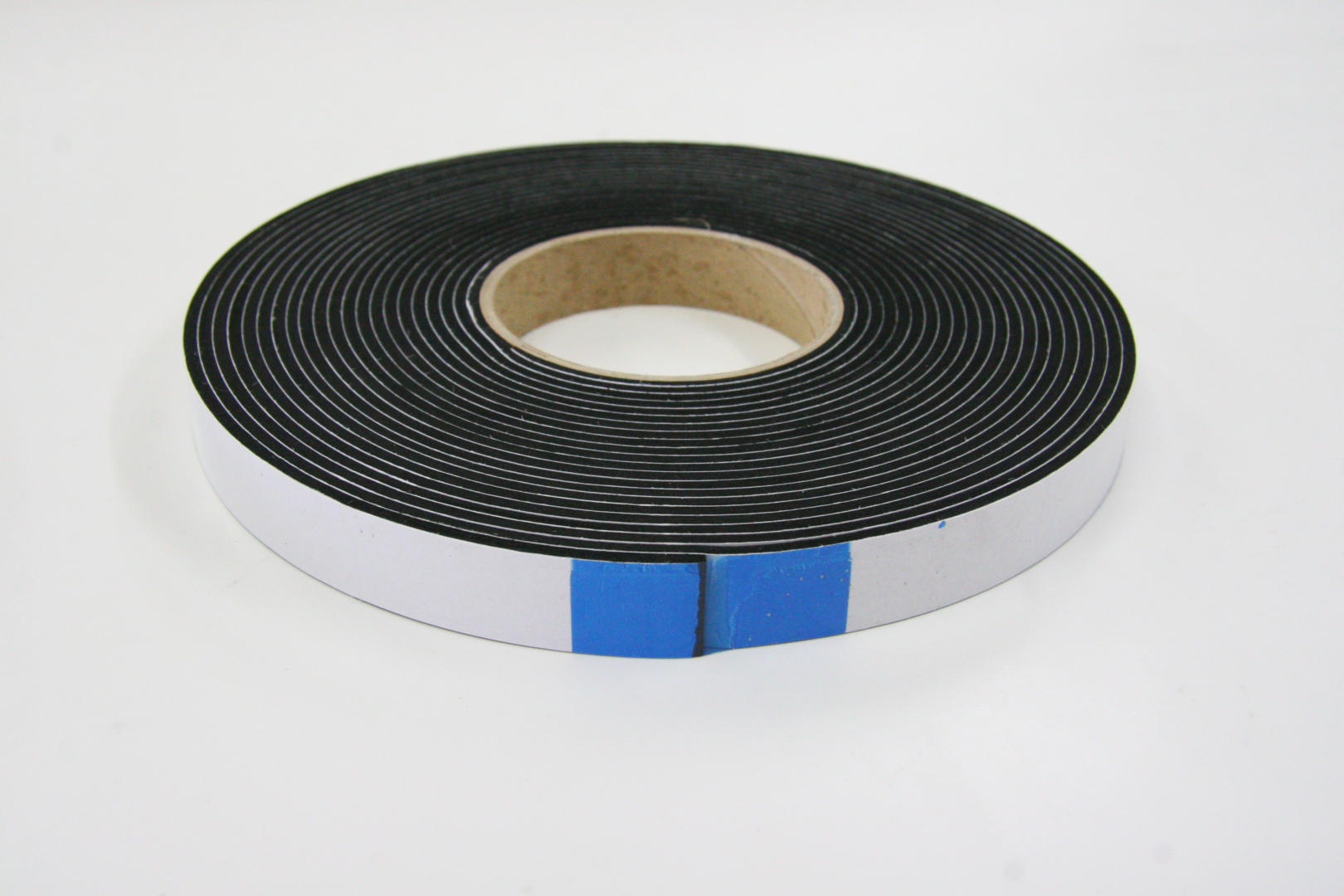In the world of sealing and insulation, finding the right material that combines effectiveness, durability, and versatility is paramount. That’s where neoprene sponge tape comes into play. This remarkable material has gained widespread popularity for its ability to tackle a wide range of sealing and insulation challenges.
1. Superior Sealing Properties: Neoprene sponge tape’s compressibility and flexibility allow it to create an airtight and watertight seal in various applications. It excels at filling gaps and irregularities, ensuring that moisture, dust, drafts, and noise stay where they belong – outside.
2. Thermal and Acoustic Insulation: Beyond sealing, neoprene sponge tape offers excellent thermal and acoustic insulation. Whether used in construction, automotive, or industrial settings, it helps maintain consistent temperatures and reduces noise, enhancing comfort and energy efficiency.
3. Durability in Harsh Environments: Neoprene sponge tape is known for its durability and resistance to UV rays, ozone, and extreme temperatures. It can endure the harshest conditions, making it a dependable choice for outdoor and marine applications.
4. Easy Application: Applying neoprene sponge tape is straightforward. It can be easily cut to size, shaped, and adhered to various surfaces, making it a versatile solution for sealing and insulation needs.
5. Wide Range of Uses: Neoprene sponge tape finds applications across industries, from sealing windows and doors in construction to gasketing in automotive manufacturing. It’s a trusted choice in diverse sectors where sealing and insulation are paramount.
Neoprene sponge tape stands as a versatile and dependable solution for sealing and insulation challenges. Its ability to create effective seals, provide thermal and acoustic insulation, withstand harsh conditions, and adapt to various applications has made it a favorite among professionals and DIY enthusiasts alike. Whether you’re working on a home improvement project or a large-scale industrial application, neoprene sponge tape is a reliable companion for ensuring your seals are secure and your insulation efficient.
Roof Foam Infill: A Smart Choice for Insulation and Energy Efficiency
When it comes to keeping your home comfortable and energy-efficient, the often-overlooked hero is roof foam infill. This unassuming material, typically made of closed-cell foam, plays a significant role in sealing gaps and insulating your roof, making it an invaluable addition to any construction or renovation project.
Roof foam infill offers several advantages:
1. Thermal Insulation: One of its primary functions is to provide thermal insulation. By filling gaps and spaces in your roof, it prevents heat transfer, keeping your home cooler in summer and warmer in winter. This, in turn, reduces your energy consumption and lowers heating and cooling costs.
2. Air and Moisture Barrier: Roof foam infill acts as an effective barrier against air infiltration and moisture penetration. It keeps unwanted drafts out and prevents water damage, ultimately prolonging the lifespan of your roof and improving indoor air quality.
3. Structural Support: Beyond insulation, roof foam infill also offers structural support. It can help distribute loads evenly across your roof, reducing the risk of structural damage and improving the overall durability of your home.
4. Environmentally Friendly: Many roof foam infill products are eco-friendly, free from harmful chemicals, and contribute to a more sustainable home by reducing energy waste and carbon emissions.In conclusion, while roof foam infill may not be the most visible part of your home, it is undoubtedly one of the most important. Its role in insulation, moisture control, and structural support makes it a wise choice for homeowners looking to improve energy efficiency and protect their investment. So, when considering ways to enhance your home’s comfort and sustainability, don’t underestimate the impact of roof foam infill.


